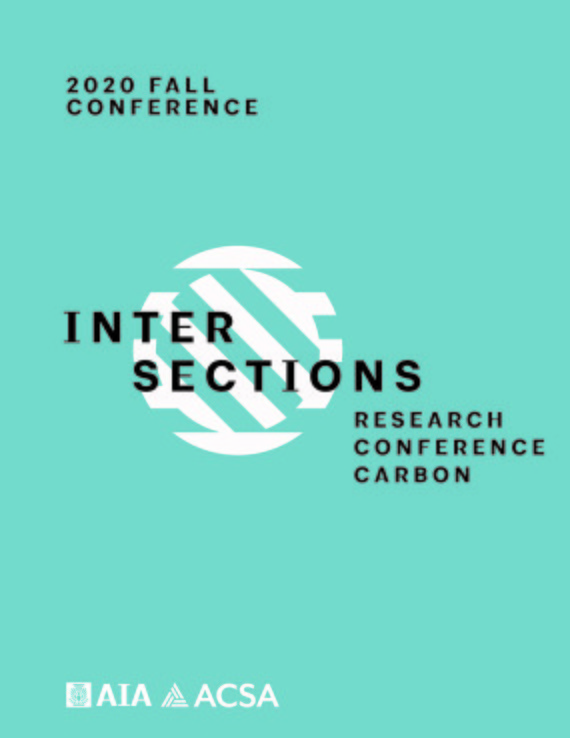Author(s): Erin Horn & Gundula Proksch
Energy use within buildings contributes to nearly a third of carbon emissions in the United States (Zhang et al. 2019, EPA). Meanwhile, between 30-40% of food in the U.S. is wasted and generates carbon emissions equivalent to that of 37 million cars yearly (UN FAO). Long term decarbonization strategies within the built environment can look to alternative energy mechanisms which redirect waste resources as inputs to other systems. Circular City models of sustainability accordingly look for potentials to close loops, turning waste into resources and reducing pollution. These approaches are generating increasing interest and seek to advance a very applied approach to sustainability- one which will integrally require leadership from design fields, local governments, and community leadership to succeed.Organic material such as food waste contains significant energy which can be processed by the unique metabolisms of microbes into useful gasses and heat. Anaerobic digesters are one such technology which harness microbial capabilities of fermentation to sustainably process resources and harvest energy in a controlled environment from what would otherwise be merely wasted. While anaerobic digesters are often utilized in wastewater treatment and agricultural contexts, they are not yet broadly utilized within cities, even though urban populations and resource consumption continues to rise. We seek here to explore this underutilized potential and ask what it means for buildings, communities, and their designers, who seek to advance increasing sustainability and reduce waste and pollution in the built environment. Case studies and associated carbon footprint impacts will be calculated and analyzed. Finally, opportunities to leverage this long term decarbonization approach will be discussed, and potential environmental impacts to the carbon cycle contemplated in the context of design of current and future sustainable buildings and Circular Cities in an age of increasingly realized anthropogenic climate change.
https://doi.org/10.35483/ACSA.AIA.FallInterCarbon.20.18
Volume Editors
Corey T. Griffin & Erica Cochran Hameen
ISBN
978-1-944214-35-7

 Study Architecture
Study Architecture  ProPEL
ProPEL 
